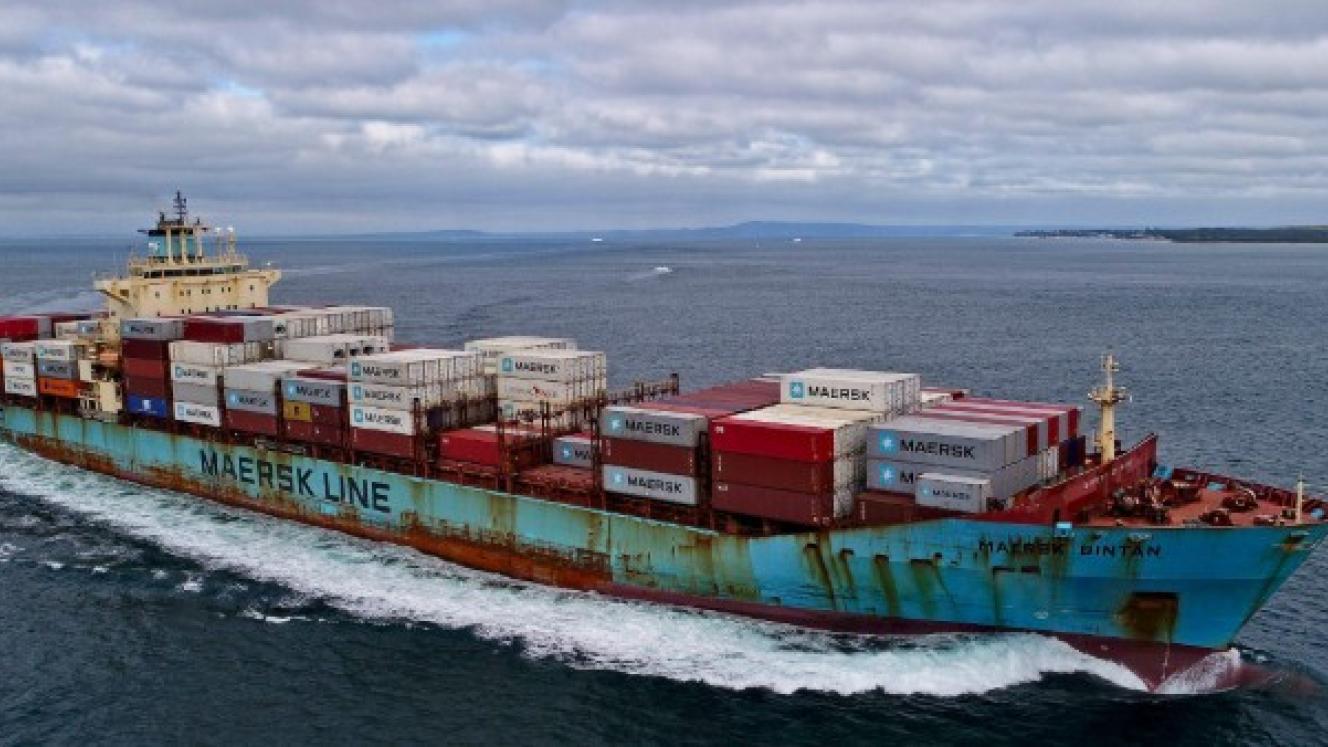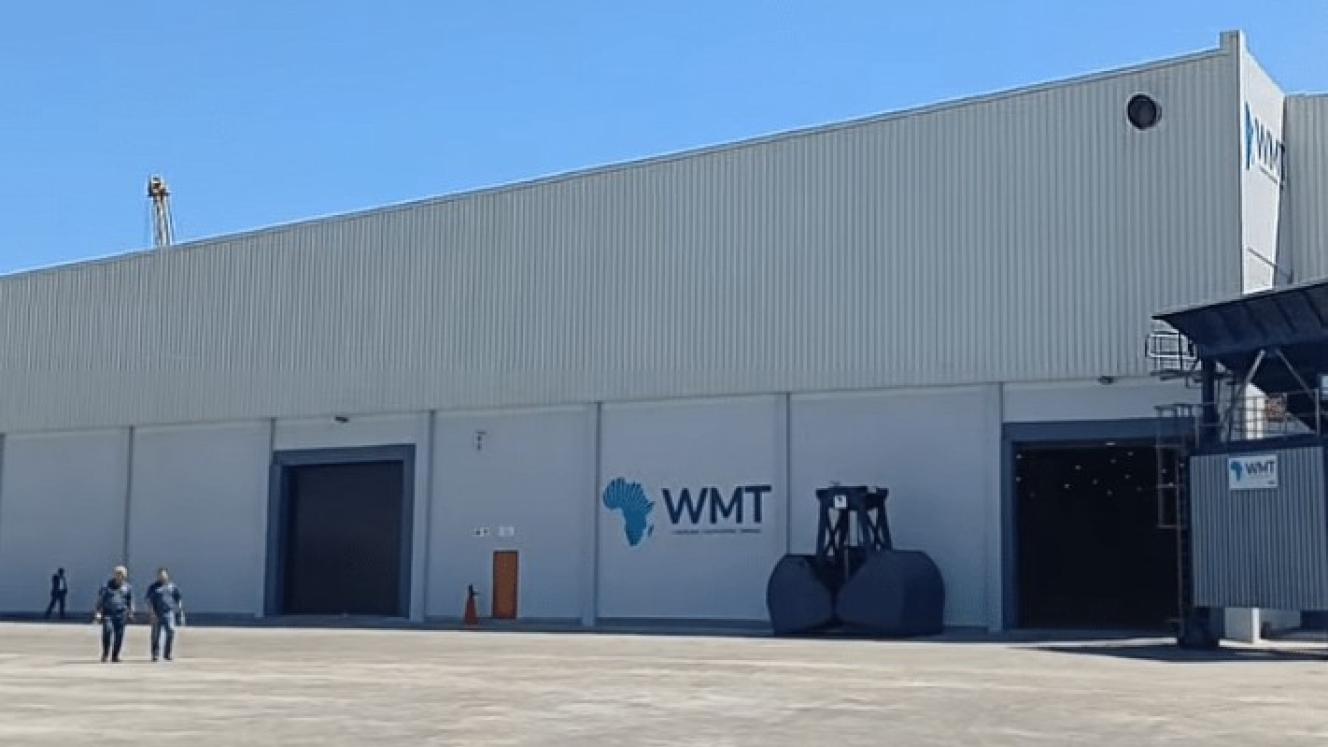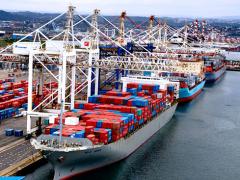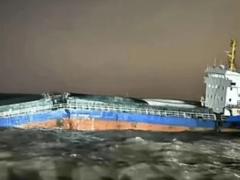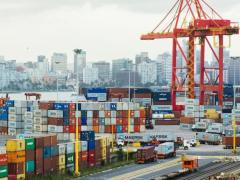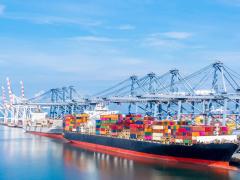Maritime classification society Lloyd’s Register (LR) has improved its Fatigue Design Assessment (FDA) methodology by updating global trading patterns for containerships and gas carriers.
New FDA capability comes after a comprehensive analysis of Automatic Identification System (AIS) data spanning the past 11 years and marks the first update to FDA trading routes in over 12 years.
The revised trading patterns show promising results for vessel operators, with the new analysis indicating increases in predicted fatigue life of up to 10–15% for containerships and up to 10% for gas carriers.
These improvements stem from the inclusion of routing factors derived from extensive AIS data analysis, enabling more accurate structural assessments that reflect actual vessel operations, rather than relying on historical assumptions.
LR’s updated methodology facilitates more precise fatigue life calculations, supporting more informed decisions on vessel design, maintenance planning, and operational strategy.
LR has also refined its containership classification to better reflect the segmentation of fleets.
The updated system now includes ultra large container vessels (ULCVs) with a capacity of 14 501 TEUs or more, along with revised categories for New Panamax (10 000–14 500 TEUs), Post-Panamax (5 101–10 000 TEUs), Panamax (3 001–5 100 TEUs), Feedermax (2 001–3 000 TEUs), and feeder vessels (1 001–2 000 TEUs).
“This comprehensive update to our FDA methodology represents a major step forward in how we evaluate structural integrity,” said Nick Gross, global containerships segment director at Lloyd’s Register.
“Our analysis of extensive AIS data showed that ships are operating quite differently from previous models, particularly in terms of route optimisation and weather routing. This directly contributes to improved fatigue life predictions, which shipowners can rely upon for enhanced operational and maintenance planning.”
